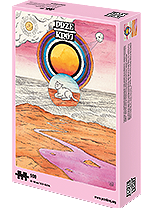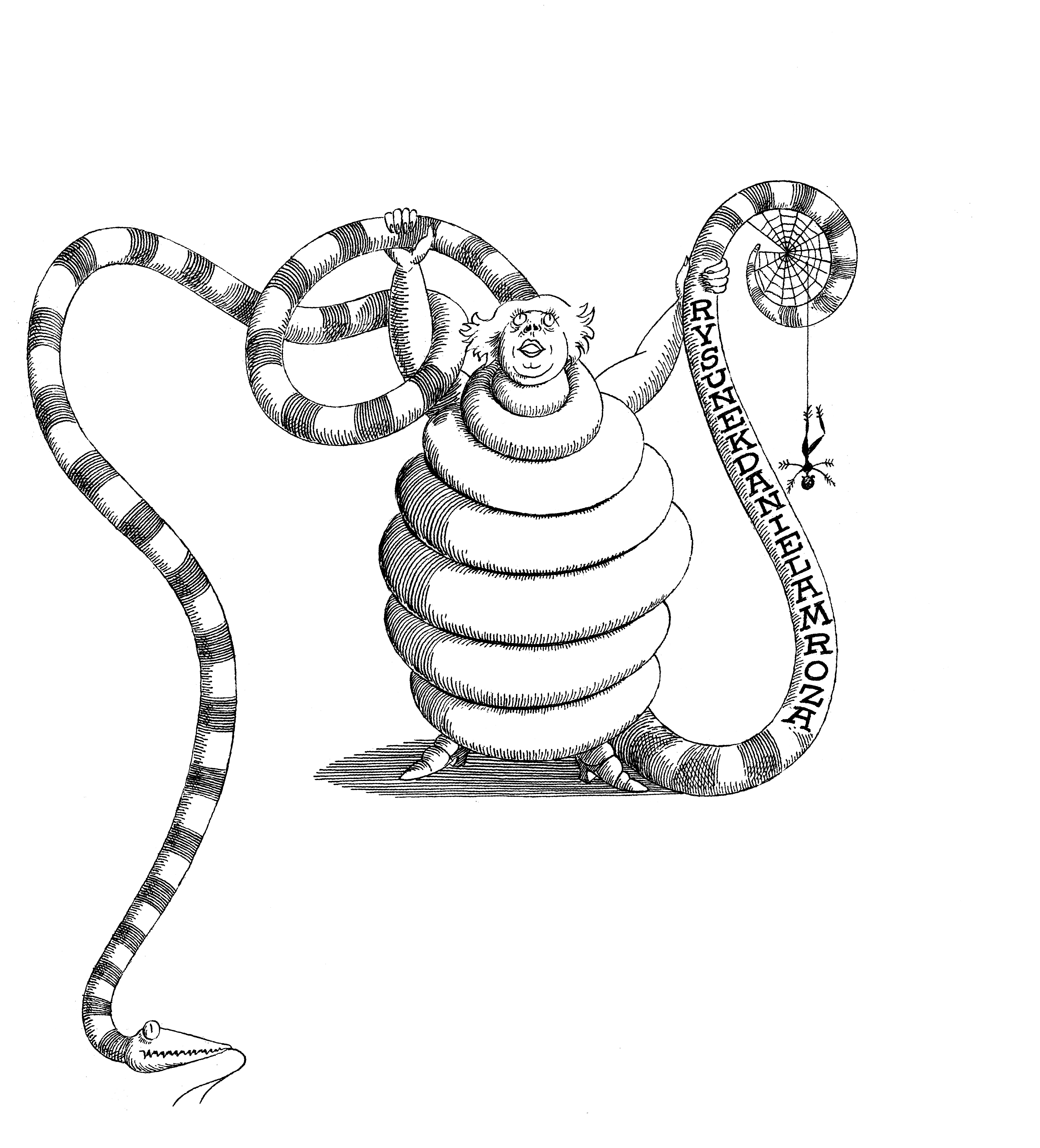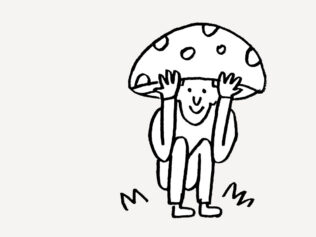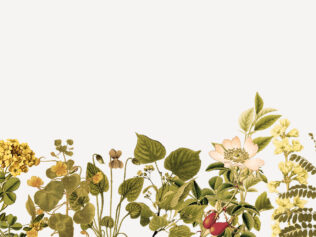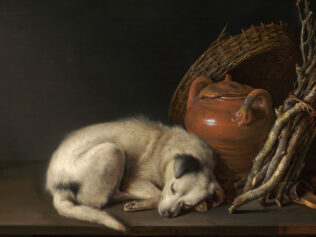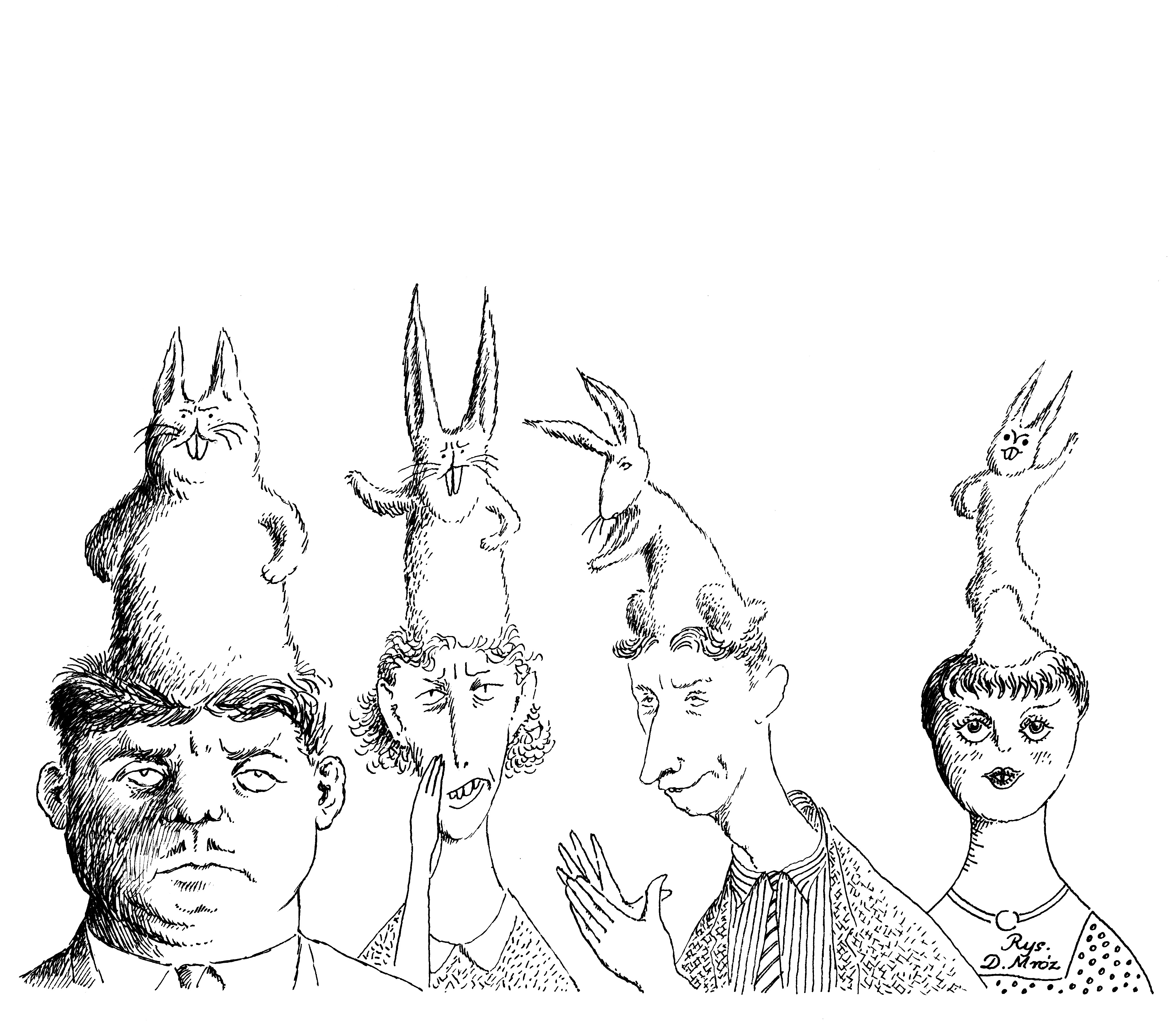
First, the botanico gave me a vegetable decoction, followed by a bottle of medicine made from a liana called viper’s tongue. The treatment turned out to be highly effective.
In February this year, I was in Panama. We were collecting material for a book about the Indigenous Naso community who live in the jungle in the Bocas del Toro region, in tropical thickets along the Teribe river.
I had a strange cold. All through the night, humid and noisy with cicadas, I was choking with a cough and burning with fever. I wanted to ask a shaman for help, but I’d heard that the last ones remaining lived along the upper course of the river, in an area we wouldn’t reach for a few more days. However, every settlement also has a botanico – a plant expert who, unlike a shaman, doesn’t cast spells or perform magic.
Boynic is a settlement of a dozen or so wooden houses jutting out from a hill near the river. Most of the huts are on stilts, which provide ventilation and protect against damp. Mosquito nets over the mattresses, hammocks on the terraces.
I visited the local botanico first thing in the morning. Wood was burning in the raised hearth and a decoction was bubbling over the fire. Plutarco Quintero Durán, an elderly man, short and stocky, inspired confidence in me straight away. He studied the secret properties of plants with three different viejos (elders). For 11 years, he left home at 4am every Sunday and walked upstream for six hours to the village of Sieyic, the capital of the Naso community, where his teachers lived. “What we cannot heal can be healed in the city, and what cannot be healed in hospitals, we treat with plants,” he explained to me. “Let’s thank God that he left us so many medicines in the forest!”
The secret liana
To begin with, he gave me a decoction of palo indio and hoja de murciélago. The former is a tree with a reddish bark that peels away from the trunk like patches of sunburnt skin (which is why some Indigenous peoples jokingly call it ‘the tourist tree’). It has a wide range of applications – the bark is used to treat syphilis, rheumatism, fever and kidney disease, an infusion of the leaves soothes skin ailments and snake bites, the macerated leaves help with back pain and rheumatism, and the resin eases ulcers. Hoja de murciélago is a type of passion flower. It bears fruit – sweet gourds – and its leaves resemble the spread wings of a bat. Little information is available on the medicinal qualities of the passion flower. According to the book Flora of Guatemala, published in 1961 by the Chicago Natural History Museum, the plant is used for diseases of the kidney and has a diuretic effect.
So I drink it. It tastes nice, like herbal tea. I’m also given a phial of medicine to take every two hours. It’s an infusion of lengua de víbora – viper’s tongue. Sensing my anxiety, Plutarco explains that this is the common name for a certain liana with antipyretic properties. I never found out what species it actually was – even online, there’s no information about a liana with this nickname. The infusion had an extremely bitter taste. But overall, the treatment was highly effective, not to mention cheap – five dollars.
After my return from Panama, I spoke to Mark Plotkin, a world-renowned ethnobotanist from the US, who told me his story of being healed in the jungle… twice. And despite his 30 years of experience, he doesn’t actually know what it was that helped him. I described the decoction from the phial as unpalatable and bitter, and he explained that it’s the intensity of the bitter flavour that alerts shamans to a plant’s power. Alkaloids, powerful chemical substances, are repulsively bitter.
Of course, neither I nor Plotkin were the first Westerners to be restored to health with the help of plants from the American rainforests. After all, one of the most famous treasures of this jungle is quinine, which comes from the bark of the cinchona tree. This was the first effective anti-malaria drug and was previously used as a muscle relaxant by the Quechua people of the Andes. Another rainforest discovery is the coca leaf, containing the novocaine elements used in anaesthesia. Many substances used to treat diseases such as multiple sclerosis and Parkinson’s have been obtained from curare – a poisonous mixture used by Indigenous peoples to coat their arrowheads before hunting.
Science comes from the forest
Shamans have a remedy for many ailments of the body and mind. For glaucoma or ulcers: Pilocarpus jaborandi, containing Pilocarpine, an alkaloid that stimulates the parasympathetic system, especially the nerve endings in the salivary, tear and sweat glands. For bruises, cuts and wounds: Cordoncillo (Piper aduncum), a species from the pepper family, excellent for disinfecting wounds and promoting healing (while tea made from this plant aids the treatment of digestive and respiratory illnesses). There are also several remedies for fertility problems, addiction, acne, and halting bleeding. Western medicine is keen to utilize this potential. The National Cancer Institute in the US estimates that 70% of plants with potential anti-cancer properties come from the tropics.
The list is endless and each plant has a different story to tell. Ayahuasca, for example, has been used by shamans for at least a thousand years to heal the mind and soul, but the Western world is only slowly coming round to the idea of including this drug in the treatment of mental illness and addiction. Then there are the animals – for example, frogs of the genus Phyllomedusa, whose mucus is a hallucinogen and also contains the painkiller dermorphin.
Snake venom can also have extraordinary effects. Thanks to the yarara (Bothrops jararaca), whose bite causes a sudden drop in blood pressure and, consequently, loss of consciousness, a new group of high blood pressure drugs called ACE inhibitors was developed in the late 1970s. Today, these drugs are taken by millions of people around the world – it’s estimated that over a billion of us suffer from hypertension.
We have already discovered so much, yet we still know so little. According to the WWF, every three days on average, a new species of fauna or flora is discovered in the Amazon. Unfortunately, many of these species will never be named or properly explored. We are losing the rainforests on an unprecedented scale: in Brazil alone, around 9000 square kilometres of rainforest are destroyed each year (last year’s data from the National Institute for Space Research in Brazil, INPE). We are also losing the peoples that live there, because we are depriving them of their natural lands which are now used for soybean cultivation or cattle breeding. In return, the inhabitants receive (sometimes, but not always) just a small amount of compensation, or temporary employment, so they end up emigrating to the cities. Those who stay, like the Naso community, suffer the impoverishment of their own worlds and cultures. When the shamans disappear, invaluable recipes vanish with them.
The shaman clinic
When this problem dawned on Plotkin 30 years ago, he was frightened – what if we really do lose the knowledge of the shamans? When he first visited the village of Kwamalasamutu in Suriname, the elders were still living there, but the chief had banned them from practising traditional medicine because he considered it devilish.
“I managed to persuade the chief to agree to the recording of these old recipes,” Plotkin tells me. “After another ten years, I convinced him to allow the use of herbal medicine again. Not to replace Western medicine, but to complement it. And so we built the first Shaman’s Apprentice Clinic. It was next to the traditional clinic – people have a choice.”
Today, there are four of these clinics in Suriname. They are run by the Amazon Conservation Team, which helps Indigenous communities to look after their territories and protect the rainforests. Plotkin believes that for many ailments, such as skin conditions, native medicine is even more effective than Western medicine – and the inhabitants of the forest have access to it for free.
“Recently, in one of our clinics, members of the community were making teas from local plants to stimulate the immune system,” says Plotkin. “The people wanted to distribute these teas to everyone in the surrounding villages so that they wouldn’t fall ill with the coronavirus. Does the infusion work? I don’t know. The fact that no-one has got ill doesn’t prove anything. But this situation shows that the knowledge hasn’t vanished, and that the Indigenous peoples are trying to deal in their own way with problems that come from the outside. I’m proud of them. In the Western world, the concept of preventive medicine – the prescription of medicine to avoid getting sick – is relatively new. But shamans in the rainforests have been working with people for thousands of years to help them keep their bodies in balance and in harmony with nature.”
This year, we have all become painfully aware of what it’s like not to have a cure for a threatening disease. Even the viruses and bacteria we know are constantly mutating and becoming more resistant. We will need new drugs. I hope we manage to find them. Perhaps in the rainforests? If only they don’t disappear, along with their wise inhabitants.
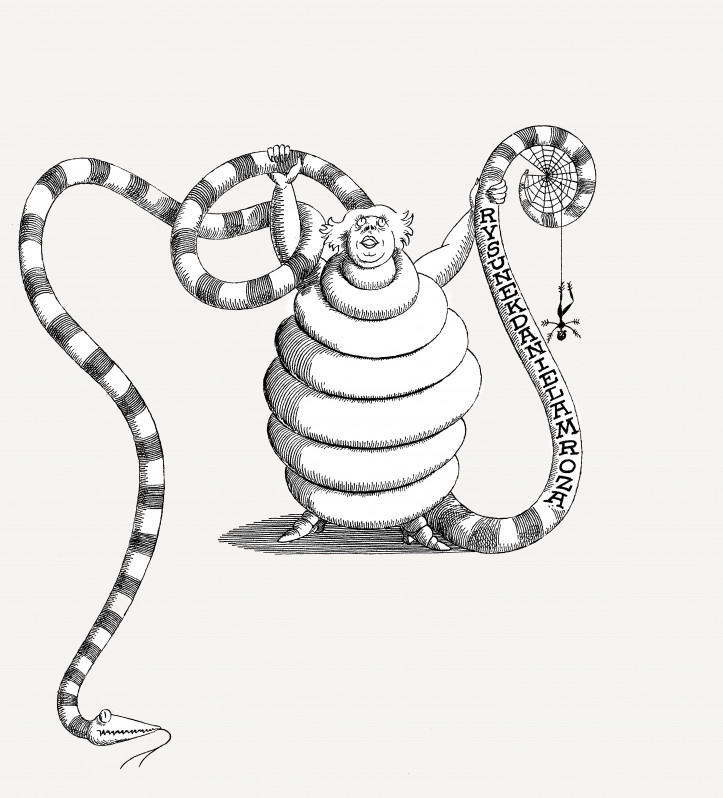
Translated from the Polish by Kate Webster

